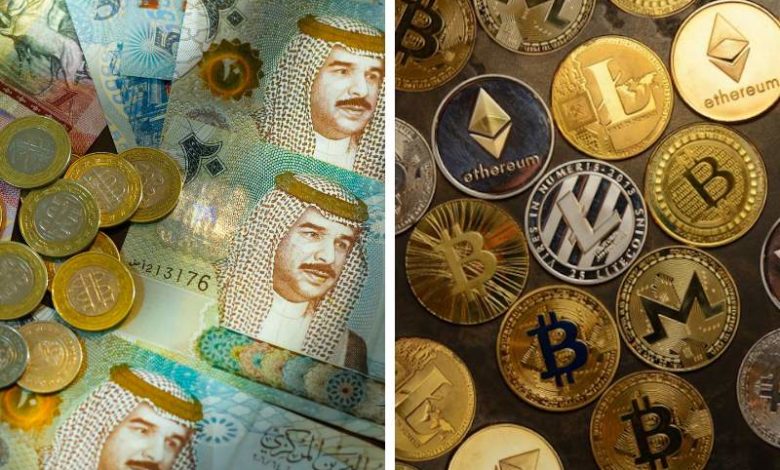From traditional currency to cryptocurrency

Let’s be honest – everyone seems to be interested in cryptocurrency right now. You would have been deemed insane a decade ago if you encouraged someone to invest their money in an online currency exchange that is not regulated by the government. If you asked someone two decades ago to shop online, they would be hesitant to pay for something that isn’t physical. It would be a farce. But how and where did it all begin?
Transactions in early cultures were conducted through the exchange of products — a system known as barter. Due to a lack of double coincidence of wants, the use of currency in the form of coins produced from precious metals such as gold and silver began. People were accepting of it because, unlike the barter system, the coins had value. Although gold and silver coins have no other special use, it was known that they could be used to trade.
Traditional Currency
Banks and government centralised currencies came into play as time went on. Instead of carrying heavy metal coins, banks began issuing paper currency that was regulated by the government. The paper note itself has no value because it is not composed of gold or silver. This conventional money is also known as fiat money, and its value is determined by supply and demand, as well as the stability of the issuing government, rather than the value of a product supporting it.
Digital Currency
Today, money is no longer only defined by coins, notes, or commodities; instead, it is defined by entries in a database that contains our whole financial and transaction history. Transactions have become much easier thanks to digital currency. All that is required is a few mouse clicks or screen taps, and money is deducted from one database and transferred to another.
The disadvantage of both traditional and digital currency is that each is overseen by a government and must be moved through various banks. There are a variety of such currencies.
Cryptocurrency
Cryptocurrency was introduced as a solution to the overflow of databases maintaining digital money. Instead of millions of databases, cryptocurrency uses a single huge database called a ledger to keep track of all transactions. If you’re still perplexed as to why there’s such a fuss, it’s because everyone in the network has a copy of this ledger. When a transaction is completed, it is cross-checked against every ledger, making fraudulent transactions practically impossible.
Apart from being the safest method of payment, it allows you to send money to anyone in the world instantly, without having to worry about conversion rates, interest rates, or spending limits. But will people invest their money in a digital currency that isn’t regulated by any governing body? As a relatively new form of currency, people have mixed feelings about it. The market is quite volatile, and the value fluctuates based on how people feel about it on any given day. And, because there are millions of cryptos out there, one should do their homework before buying, or they risk losing their entire investment.




